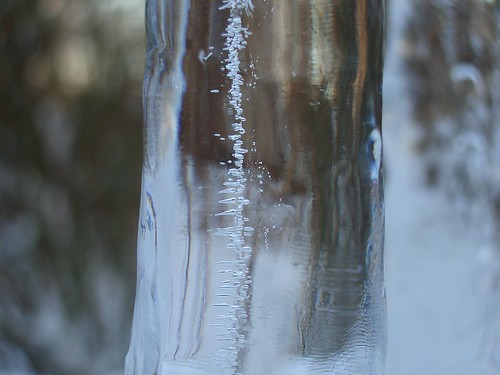1000-1200 feet underground at 100-150 degrees F
Powerpoint presentation...
https://s3.amazonaws.com/ppt-download/naica-crystal-cave501.pps
Other
http://www.slideshare.net/random13579/naica-crystal-cave/
Powerpoint presentation...
https://s3.amazonaws.com/ppt-download/naica-crystal-cave501.pps
Other
http://www.slideshare.net/random13579/naica-crystal-cave/



